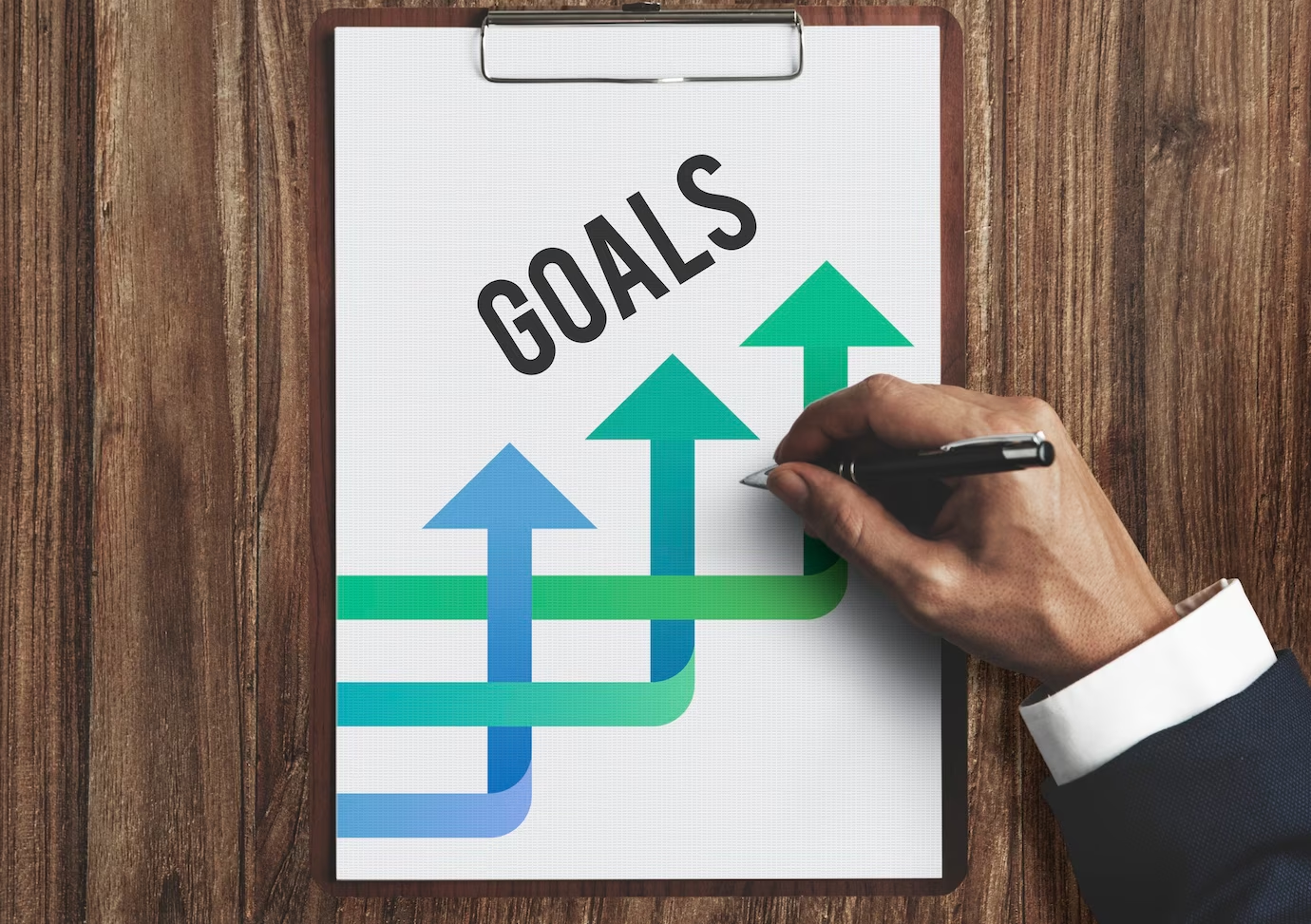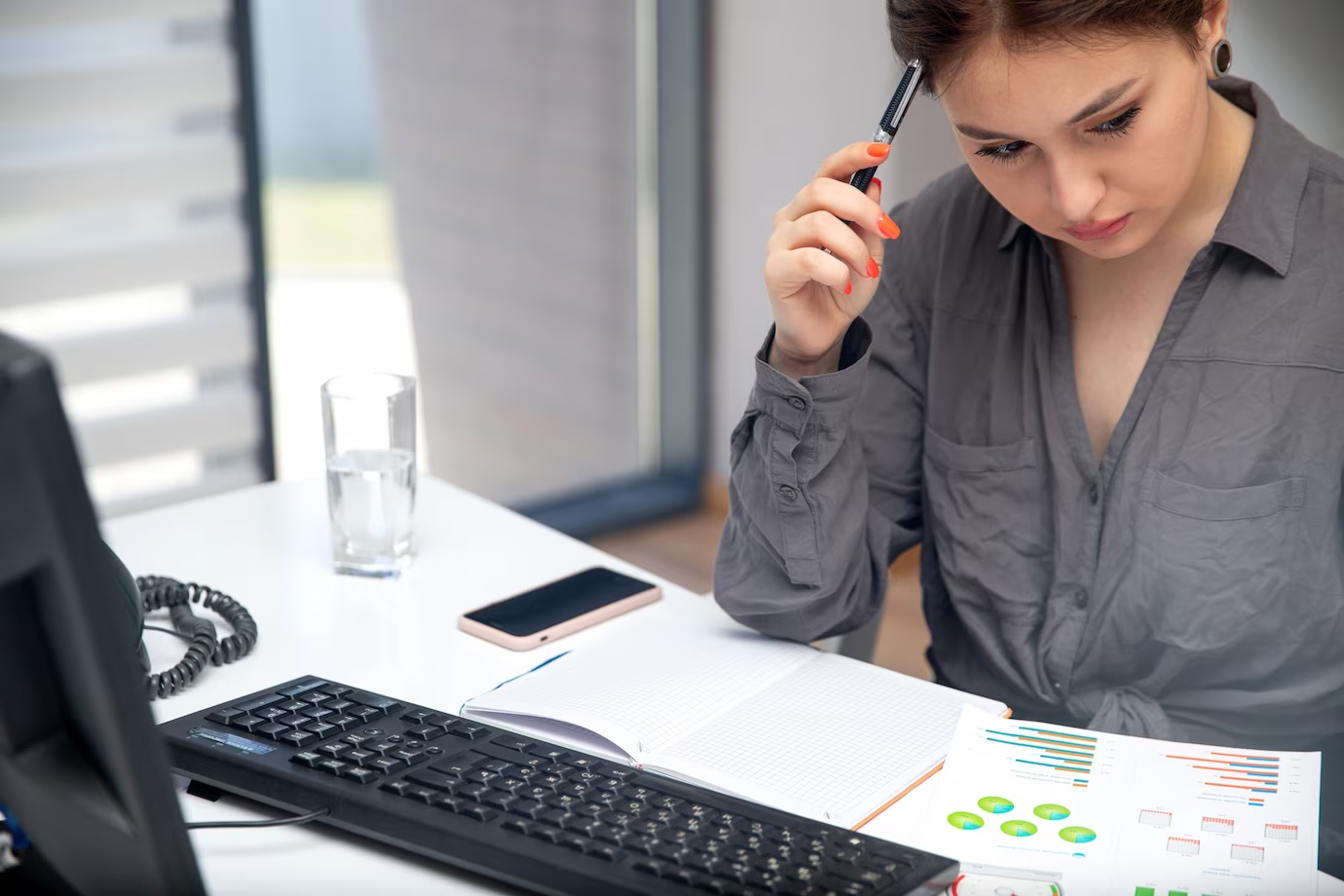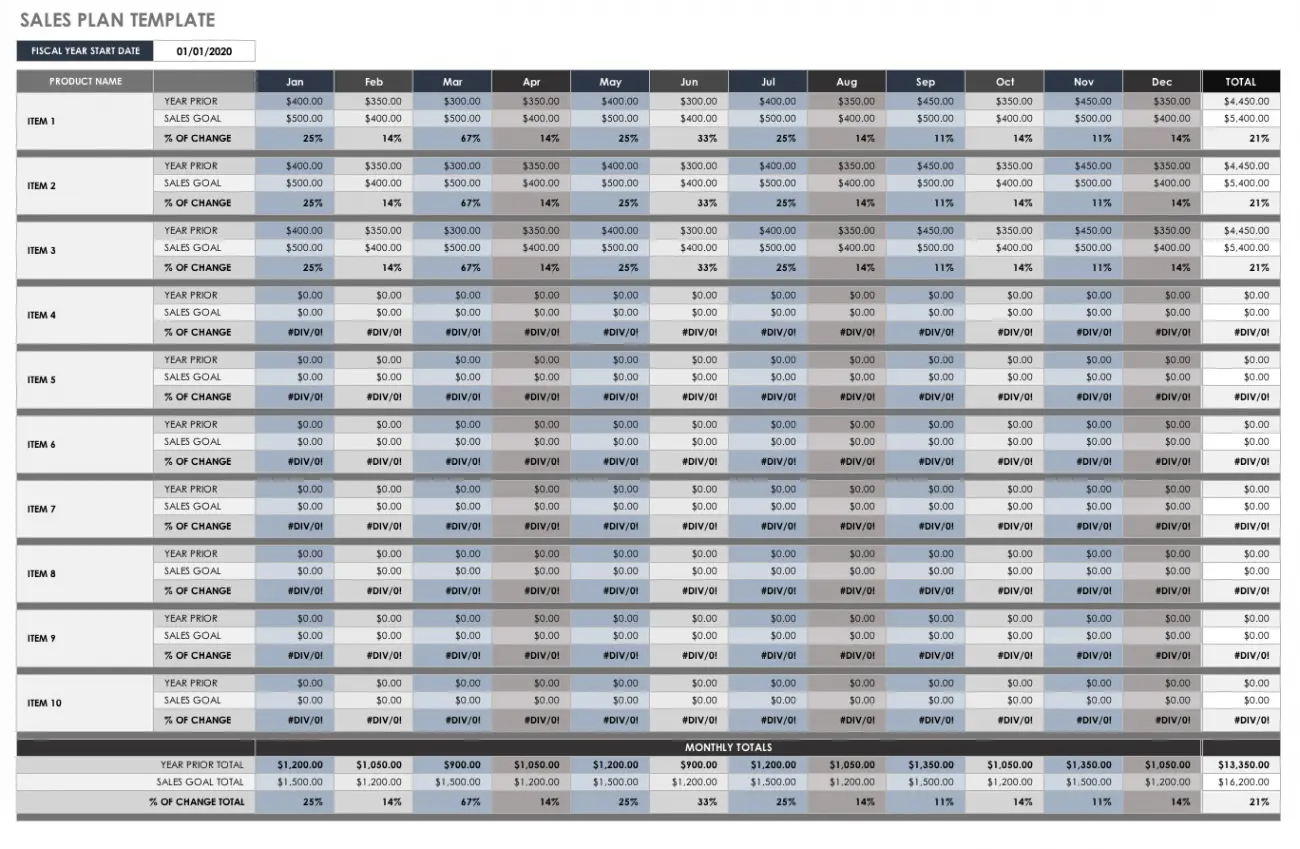
Creating a Sales Enablement Plan: Templates and Strategies
A sales enablement plan is a crucial component of any successful sales organization. It provides sales teams with the necessary tools and resources to communicate with potential customers and close deals effectively. A strong sales enablement strategy can increase revenue, improve customer satisfaction, and help your organization stand out from the competition. In this article, we’ll discuss how to create a sales enablement strategy, including templates and strategies to help you get started.

What is a Sales Enablement Plan?
A Sales Enablement Plan is a strategic approach to equipping your sales team with the knowledge, tools, and resources they need to sell more effectively. It involves aligning your sales and marketing strategies, developing a clear understanding of your customers needs, and providing your sales team with the right training and support to close deals.
It typically includes a variety of components, such as sales training programs, sales collateral and resources, and sales process optimization. It aims to improve the efficiency and effectiveness of your sales team by ensuring that they have the skills and resources they need to succeed.
Developing a Sales Enablement strategy involves a thorough analysis of your existing sales processes, as well as your customer's needs and pain points. By understanding your customers needs and preferences, you can tailor your sales enablement efforts to better meet their expectations, resulting in increased sales and customer loyalty.
Overall, a Sales Enablement Plan can be a valuable tool for any business looking to improve its sales performance and drive growth. By investing in your sales team and providing them with the right support and resources, you can help them become more effective and achieve greater success.

Why is a Sales Enablement Plan Important?
A Sales Enablement Plan is important for several reasons. First, it helps to align the efforts of marketing and sales teams, ensuring that both teams are working towards the same goals. This alignment can lead to increased efficiency and productivity, as well as improved collaboration between the teams.
Second, a Sales Enablement Strategy helps to improve the quality of sales leads by providing sales teams with the information they need to identify and target the most promising prospects. This can result in higher conversion rates and a more efficient sales process overall.
Third, a Sales Enablement Plan can help to improve the effectiveness of sales and marketing efforts by providing sales teams with the tools and resources they need to engage with prospects and customers more effectively. This can include everything from training and coaching to sales collateral and customer insights.
Finally, a Sales Enablement Strategy can help to improve the overall customer experience by ensuring that sales teams have the information and resources they need to provide a high level of service and support to customers throughout the sales process and beyond. This can lead to increased customer satisfaction, loyalty, and retention, which can ultimately drive long-term business success.

Benefits of Sales Enablement Strategy
There are several benefits to creating a sales enablement strategy, including:
- Improved Sales Performance: By providing sales reps with the right tools, training, and resources, a sales enablement strategy can help improve their performance and productivity, resulting in more closed deals and increased revenue.
- Better Customer Experience: A well-designed sales enablement strategy ensures that sales reps are equipped to provide customers with relevant and timely information, leading to a better overall experience.
- Consistent Messaging: A sales enablement strategy helps ensure that all sales reps are delivering a consistent message and using the same language, which reinforces your brand and helps build trust with customers
- Increased Collaboration: Sales Enablement plans to facilitate collaboration between sales, marketing, and other departments, allowing for a more integrated and cohesive approach to selling.
- Faster Onboarding: New sales reps can get up to speed faster with a well-designed sales enablement strategy that includes training, resources, and tools specific to their role.
- Improved Sales Forecasting: By providing sales reps with access to real-time data and analytics, a sales enablement strategy can help sales leaders better forecast sales, identify trends, and make data-driven decisions.
- Better ROI: A sales enablement strategy can help you better allocate resources, prioritize initiatives, and measure the effectiveness of your sales efforts, leading to a better return on investment.
Sales Enablement Initiative
Sales enablement initiatives are designed to help organizations align their marketing sales, and customer success efforts to drive revenue growth. The best sales enablement programs requires a collaborative effort between different departments within a company, and typically starts with defining the sales enablement goals and objectives. Once these goals are established, the organization must determine who owns sales enablement and establish a sales enablement manager to oversee the initiative.
A good sales enablement strategy focuses on developing the sales skills and capabilities of a company’s sales team. This can be achieved through training, coaching, and providing the right tools and resources to support the sales process. Sales enablement initiatives should also prioritize the needs of the customer, ensuring that the sales team has a deep understanding of customer pain points and how the organization’s products or services can solve them. By taking a customer-centric approach, sales enablement initiatives can improve the effectiveness of the sales process and ultimately drive revenue growth for the organization.
Define Sales Enablement
Before creating a sales enablement strategy, it’s essential to understand what sales enablement is. Sales enablement is the process of providing sales reps with the necessary resources, tools, and information to engage potential customers effectively and close deals. This process involves collaboration between sales and marketing teams to create high-quality sales content and training materials. Sales enablement also includes ongoing training and support to ensure that sales reps have the skills and knowledge needed to succeed.

Establish Goals
The first step in creating a sales enablement strategy is to establish clear sales enablement goals. What do you want to achieve with your sales enablement efforts? Do you want to increase revenue, improve customer satisfaction, or boost sales productivity? Once you’ve identified your goals, you can create a sales enablement strategy that aligns with them.
Identify Key Stakeholders
Sales enablement involves collaboration between multiple teams, including sales, marketing, and human resources. Identify the key stakeholders in your organization who will be involved in the sales enablement process. This may include sales leaders, marketing professionals, and other team members who will be responsible for creating and implementing the sales enablement strategy.
Define Your Target Customers
To create an effective sales enablement strategy, you need to understand your target customers. Who are they? What are their pain points, and what motivates them to buy? Use buyer personas and other customer insights to create a clear picture of your target customers. This information will help you develop sales and training materials that resonate with your audience.

Create a Sales Enablement Framework
A sales enablement framework is a plan that outlines the process of creating and delivering sales enablement content and training materials. Your framework should include:
A content management system to organize and distribute sales enablement materials
A learning management system to provide ongoing training and support to sales reps
A sales playbook that outlines your sales process and provides guidance for sales reps
A set of sales plays that outline specific strategies for engaging potential customers and closing deals
A coaching strategy to help sales reps improve their skills and performance
Develop Sales Enablement Content
Once you have a framework in place, you can begin creating sales enablement content. This may include:
Email templates for sales reps to use when reaching out to potential customers
Product demos and videos that showcase the features and benefits of your products
Sales scripts and objection handling guides to help sales reps navigate common objections from potential customers
Case studies and customer success stories that demonstrate the value of your products
White papers and thought leadership content that establishes your organization as a trusted authority in your industry
Implement Sales Enablement Technology
Sales enablement technology can help streamline the sales enablement process and provide valuable insights into sales performance. Some essential sales enablement technologies include:
A customer relationship management (CRM) system to track customer interactions and sales pipeline
A sales enablement platform to organize and distribute sales enablement content
Marketing automation software to track the effectiveness of marketing campaigns and generate leads
Sales analytics software to measure the effectiveness of sales enablement efforts and identify areas for improvement
Measure Success
Measuring the success of your sales enablement strategy is essential to ensure that you’re meeting your sales enablement goals and making progress toward your overall sales strategy. Here are some key metrics you can use to evaluate the effectiveness of your sales enablement efforts:
Types of Sales Enablement Tools and Technologies
Sales enablement tools and technologies can help organizations streamline their sales processes and provide their sales teams with the necessary resources to close deals. There are various types of sales enablement tools and technologies that can be used, including:
Content Management Systems: These systems are designed to manage, store, and distribute sales-related content, such as presentations, whitepapers, and case studies. Using a content management system allows sales teams to access the most up-to-date and relevant content for their sales pitches.
Customer Relationship Management (CRM) Systems: A CRM system helps sales teams manage their interactions with customers and prospects. This tool enables sales reps to track their deals, organize their pipeline, and forecast their sales. In a CRM system, sales teams can work more efficiently and effectively.
Sales Training and Coaching Platforms: These platforms provide sales teams with training and coaching resources to help them improve their skills and knowledge. They can include online training courses, vídeos, quizzes, and simulations. On these platforms, sales teams can stay up-to-date on the latest sales techniques and strategies.
Analytics and Reporting Tools: These tools provide sales teams with data and insights on their sales performance. They can include dashboards, reports, and analytics tools. By using these tools, sales teams can identify trends and patterns in their sales data and adjust their strategies accordingly.
Sales Automation Tools: These tools help sales teams automate repetitive tasks, such as data entry and follow-up emails. They can include email automation, lead capture, and lead scoring tools. By using these tools, sales teams can focus on building relationships with their prospects and closing deals.
Sales enablement tools and technologies can help organizations improve their sales processes and empower their sales teams to succeed. Choosing the right tools and technologies for your organization’s specific needs and goals.
Continuously Iterate and Improve
Sales enablement is an ongoing process that requires continuous iteration and improvement. This means that you need to regularly review your sales enablement plan and analyze its effectiveness. Look at the metrics that you’ve established and assess whether you’re meeting your goals. If you’re not, take the time to identify areas where you can improve and develop a plan to address those issues.
Additionally, be open to feedback from your sales enablement team. They are the ones on the front lines, and will have valuable insights into how your sales enablement plan is working in practice. Encourage them to provide feedback and suggestions for improvement. This will not only help you improve your plan but also show your sales enablement team that you value their input and are committed to their success.
Stay up-to-date on the latest trends and best practices in sales enablement. Attend industry events, read through leadership articles, and connect with other sales enablement professionals. This will help you stay ahead of the curve and ensure that your sales enablement plan remains effective and relevant over time.

Common Mistakes to Avoid When Creating a Sales Enablement Plan
Creating a sales enablement strategy is an essential step toward achieving success in sales, but it can be easy to make mistakes along the way. Here are some common mistakes to avoid when creating a sales enablement strategy:
Failing to Define Clear Goals: Without clearly defined goals, it can be difficult to measure the success of your sales enablement strategy. Establish specific, measurable objectives that align with your overall sales strategy.
Neglecting to Involve Sales Team: Your sales team members are the ones who will be using the tools and strategies in your sales enablement strategy, so it’s important to involve them in the planning process. Solicit their feedback and incorporate their ideas into the plan.
Ignoring the needs of the buyer: Sales enablement is all about making the sales process more effective for both the seller and the buyer. Make sure your plan is designed with the needs and preferences of the buyer in mind.
Focusing too much on technology: Sales enablement technology can be incredibly useful, but it’s important to remember that it’s just one piece of the puzzle. Don’t neglect the importance of training, coaching, and other non-tech components of your sales enablement strategy.
Overcomplicating the plan: A sales enablement strategy that is too complex or difficult to understand is unlikely to be effective. Keep your plan simple and straightforward, focusing on the most important tools and strategies for your sales team.
By avoiding these common mistakes, you can create a sales enablement plan that is effective, efficient and well-aligned with the needs of your sales team and customers.
Sales Productivity
Measure the impact of your sales enablement program on your sales productivity. Look at key metrics such as time spent on administrative tasks, number of calls made, deals closed, and revenue generated.
Sales Performance
Track your sales team's performance over time to see if they’re hitting their targets and achieving their goals. Measure performance using metrics such as win rate, average deal size, and sales cycle length to measure performance.
Content Engagement
Monitor how your sales team is engaging with your content, such as presentations, case studies, and product information. Analyze how often and for how long sales reps are accessing these resources to see if they’re finding them helpful and using them effectively.
Customer Satisfaction
Gather feedback from customers on how effective your sales team is in engaging with them, understanding their needs, and delivering value. Use metrics such as Net Promoter Score (NPS) and Customer Satisfaction (CSAT) to measure customer satisfaction.
Sales Enablement ROI
Calculate the return on investment (ROI) of your sales enablement program to determine if it’s delivering the desired results. Track the cost of your sales enablement program and compare it to the revenue generated by your sales team to determine if it’s a worthwhile investment.
By tracking these key metrics, you can gain insights into the effectiveness of your sales enablement program and identify areas for improvement. Regularly review and adjust your sales enablement process based on these insights to ensure that it continues to deliver value and support your sales goals.
Sales Enablement Strategies
Having a good sales enablement strategy is crucial for businesses to improve their sales performance and stay ahdead of the competition. Sales enablement strategies includes a variety of tactics and tools that are tailored to meet the unique needs of a business, its sales team, and its target audience.
Sales Enablement Metrics
Measuring the effectiveness of a sales enablement plan is crucial for the success of the program. This is where sales enablement metrics come into play. By tracking key performance indicators (KPIs) related to sales enablement, organizations can identify areas for improvement, measure the success of their sales enablement program, and make data-driven decisions.
Some of the common sales enablement metrics include content usage, win rates, deal velocity, and sales productivity. Content usage metrics track the usage and effectiveness of the content provided to the sales team, such as the number of views, downloads, and shares. Win rates measure the percentage of deals won by the sales operations, while deal velocity tracks the time it takes to close deals. Sales productivity metrics measure the efficiency of the marketing team, such as the number of sales calls made, demos conducted, and meetings booked. By analyzing these metrics, organizations can determine which areas of their sales enablement program are performing well and which ones need improvement.
To ensure that sales enablement metrics are aligned with the overall sales enablement strategy, it is important to establish a sales enablement charter. This charter outlines the goals and objectives of the sales enablement program, as well as the KPIs that will be used to measure success. The sales enablement charter should be a collaborative effort between sales, marketing, and other relevant stakeholders, and should be regularly reviewed and updated to reflect the changing needs of the organization. By having a clear and well-defined sales enablement charter, organizations can ensure that their sales enablement metrics are aligned with their overall business goals and objectives, and that they are effectively measuring the success of their sales enablement program.
Sales Enablement Software
Sales enablement software is designed to streamline the sales process by providing sales teams with the necessary tools and information to close more deals. This software typically includes features such as content management, sales training and coaching, analytics and reporting, and communication tools. By using sales enablement software, sales teams can better engage with prospects, gain deeper insight into their needs and preferences, and ultimately close more deals.
In addition to sales enablement software, many companies also offer sales enablement services, which can include everything from training and coaching to content creation and distribution. These services are typically designed to help sales teams become more effective by providing them with the support and resources they need to succeed. Companies may also hire a dedicated sales enablement manager to oversee these efforts, ensuring that the sales enablement charter is being properly executed and that the team is on track to meet its goals. Ultimately, a good sales enablement strategy should incorporate both software and services to ensure that sales teams have everything they need to succeed.
Sales Enablement Plan Templates
If you’re looking for a sales enablement plan template to help guide you through the process of creating your own plan, you might want to check these ones out.
In order to use this template, you will need access to Microsoft Office software. If you don’t already have it, you can purchase Microsoft Office products at budget-friendly prices. Once you have Microsoft Office installed on your computer, you can open the Sales Enablement Plan Template with the PowerPoint application, and start customizing it to fit your specific needs.
Remember, while a template can be a useful starting point for creating a sales enablement plan, it’s also important to incorporate your unique insights, goals, and strategies. A sales enablement plan should be tailored to your organization's specific sales processes, target audience, and desired outcomes. Use the template as a guide, but don’t be afraid to deviate from it as needed to create a plan that truly meets your organization's needs.
Sales Enablement Process Template

This template is designed to be easy to use and customize, with sections for defining your sales goals, target audience, sales process, content strategy, and more. You can download this template from Slidemodel.
Sales Plan Template

This template allows you to plan your sales goals with the flexibility and functionality of an Excel spreadsheet. This sales plan template is divided into 12 months and separate product lines. You can download this template from Smartsheet.
Strategic Enablement Plan Slideshow Template

Use this slideshow to organize your enablement plan and align with your stakeholders. You can download it from Saleshood.
Conclusion
In conclusion, a sales enablement plan is a vital tool that helps organizations improve the efficiency and effectiveness of their sales processes. By implementing a sales enablement plan, businesses can better align their sales and marketing efforts, provide their sales enablement team with the necessary resources and training, and ultimately drive revenue growth. However, developing and executing a successful sales enablement plan requires careful planning, ongoing evaluation, and a willingness to adapt to changing market conditions.
When creating a sales enablement plan, it’s essential to start by setting clear goals and objectives, understanding your target audience and buyer personas, and assessing your current sales processes and resources. Once you have a solid foundation in place, you can begin to identify the specific tools and technologies that will support your sales enablement efforts, such as CRM systems, content management platforms, and sales training and coaching programs.
By following best practices, avoiding common pitfalls, and leveraging the right tools and technologies, businesses can create a successful sales enablement plan that drives revenue growth and enhances the customer experience.















